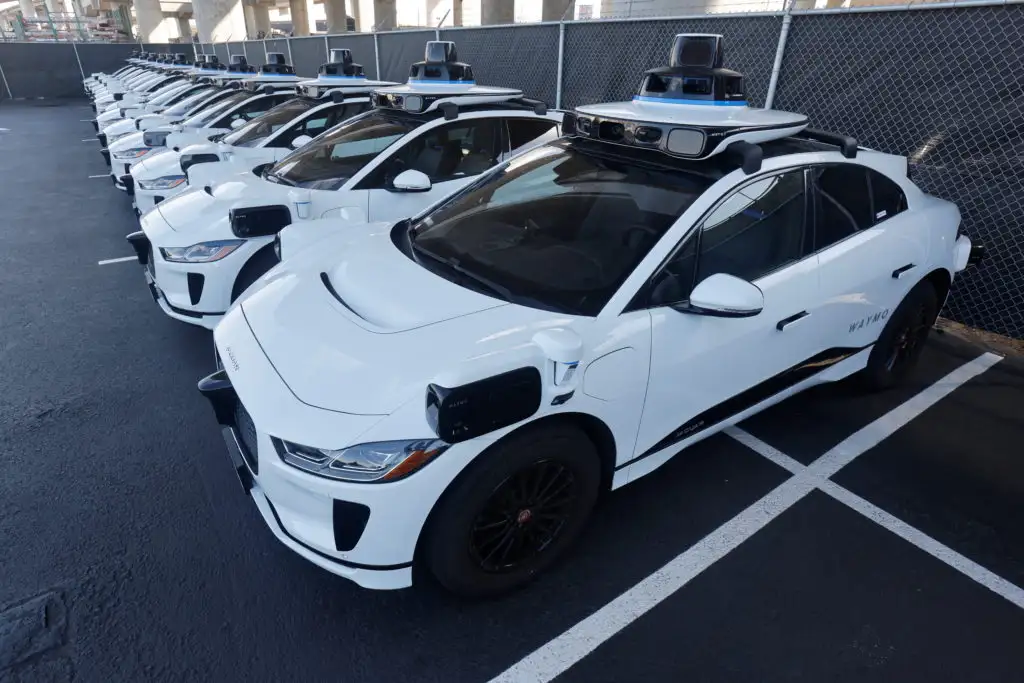Waymo Recalls 1,200 Autonomous Vehicles After Barrier Incidents: What Led to the Decision?
Alphabet’s autonomous driving unit, Waymo, has recalled 1,200 self-driving vehicles after two of them collided with roadside barriers. These low-speed crashes didn’t cause injuries or serious damage, but the company acted quickly to identify and fix the issue with a software update.

What Caused the Collisions?
Both incidents happened in Phoenix, Arizona, one of Waymo’s key service areas. In each case, a Waymo vehicle hit a utility trailer being towed and partially parked along the road, surrounded by traffic cones. The system misjudged the situation and made contact with the trailer.
Waymo explained that its autonomous software incorrectly predicted the trailer’s path. Since the trailer wasn’t moving and was positioned unusually, the system interpreted it as part of the lane. The two incidents occurred minutes apart, pointing to a specific flaw in how the software processed that scenario.
A Software Issue, Not a Hardware Malfunction
The problem didn’t involve sensors or mechanical systems. Instead, the software failed to understand a complex road layout. It couldn’t accurately assess the presence and behavior of a stationary trailer located in a partially blocked lane.
Unlike human drivers, who rely on intuition and experience to handle unclear situations, autonomous systems follow programmed rules and data models. In this case, the system lacked the flexibility to properly interpret a rare but real-world challenge.
Waymo’s Fast Response
Waymo’s engineering team quickly developed a fix and rolled it out to all affected vehicles through a remote software update. Similar to phone updates, this wireless solution didn’t require drivers or technicians to visit service centers.
In its report to the National Highway Traffic Safety Administration (NHTSA), Waymo confirmed the update resolved the decision-making flaw. All impacted vehicles now operate with improved logic to handle such trailer scenarios more accurately.
Prioritizing Safety and Transparency
Waymo chose to report the issue voluntarily and kept federal regulators informed throughout the process. This level of transparency plays a major role in building public trust in autonomous vehicles.
The company also emphasized that it continues to refine its technology by analyzing real-world data. Its teams are working to make the system more adaptable and capable of handling uncommon but critical road situations.
Understanding the Bigger Picture
Recalls in the self-driving sector may seem alarming, but experts see them as part of the learning curve. Building safe autonomous systems takes time and involves constant testing, feedback, and improvements.
Self-driving technology still faces unpredictable road conditions, especially in cities. While these two incidents were minor, they highlight how important it is for autonomous vehicles to keep evolving. What matters most is how companies handle such challenges—by fixing problems, learning from them, and ensuring better outcomes in the future.
Waymo’s Ongoing Mission
Despite this incident, Waymo continues to offer autonomous rides in Phoenix, Los Angeles, and San Francisco. The company has logged millions of miles with its robotaxis, gaining valuable insights into real-world behavior.
Waymo aims to reduce human error—currently the leading cause of traffic accidents—by developing smarter and safer mobility options. Its long-term goal is not just to match human drivers but to outperform them in safety and consistency.
Not a Major Setback
While the recall attracted attention, it hasn’t caused major disruption to Waymo’s operations. In fact, the company’s quick response and clear communication have strengthened its reputation.
By fixing the issue without delay and openly discussing it, Waymo showed its commitment to safety and accountability. This kind of approach helps build long-term confidence in the future of driverless transportation.
Final Thoughts
The recent recall reminds us that developing autonomous vehicles is an incredibly complex challenge. Even the most advanced systems can make mistakes when faced with unusual conditions.
However, Waymo’s fast action, transparency, and effective problem-solving show the company’s readiness to lead in this space. Rather than treating these incidents as failures, the industry should view them as opportunities to improve.
Each update, each fix, and each lesson brings the self-driving world closer to full autonomy. And if companies like Waymo continue to take responsibility and innovate, the future of mobility looks safer and smarter than ever.






